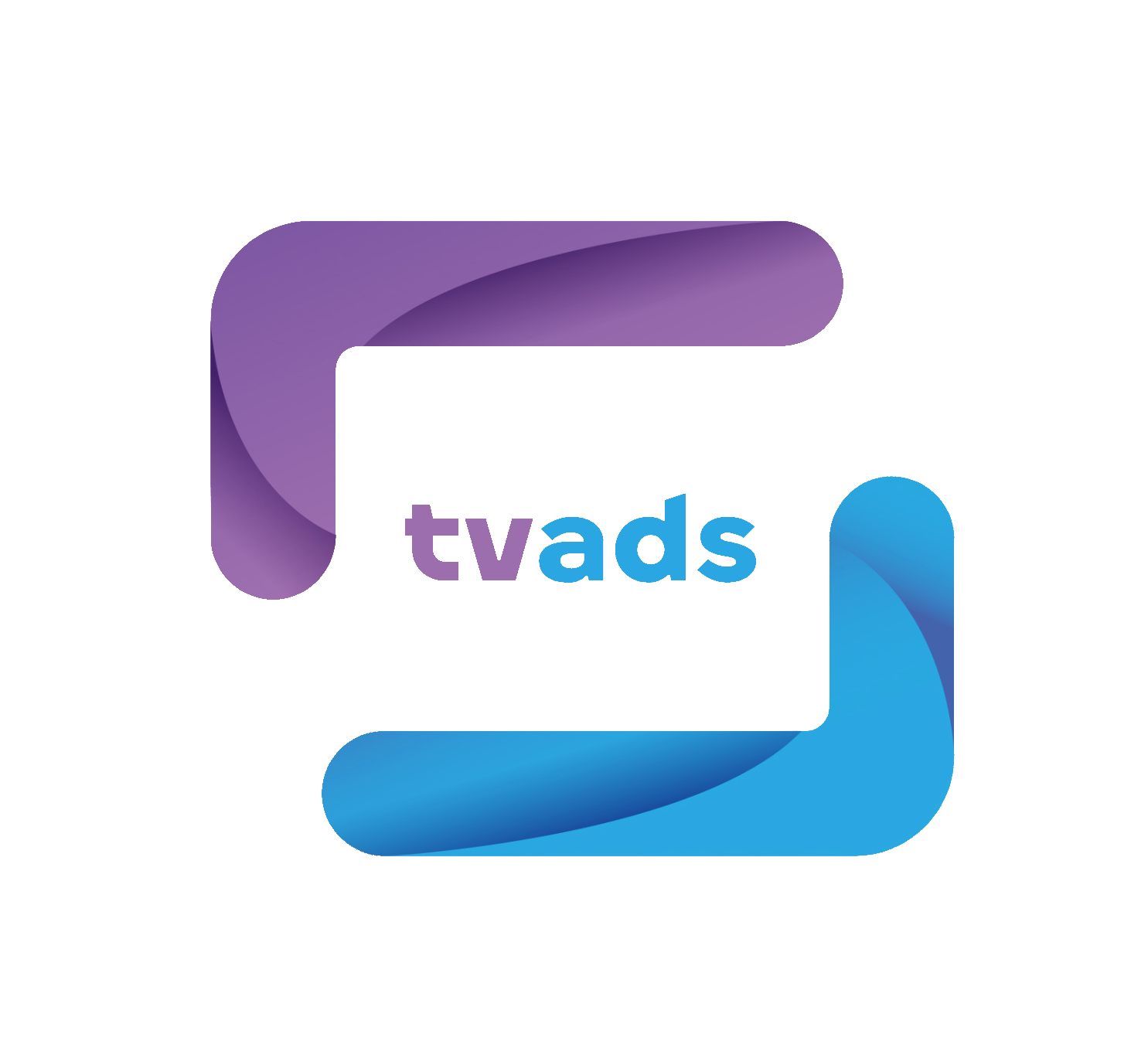Device vs. Application Tracking
It's crucial to differentiate between tracking based on device information and tracking based on the application being used.
At device level , operating systems like Amazon Fire, Roku, Samsung Tizen, LG WebOS… provide their own Ad IDs and control data availability for app developers. Data availability may vary by ecosystem and device OS.
Apps like Netflix, YouTube, Hulu… use their own tracking strategies, based on a combination of device identifiers with user behavior and consumption data, thus building a detailed profile.
A “collaboration” can be established between applications and devices (OS) to share anonymized data to enrich the user experience, combining Ad ID with contextual information generated by the application used at each moment
If the device is owned by the streaming platform (e.g., Roku), integration is complete, granting full access to user data.
These techniques comply with privacy regulations, reduce third-party dependency for tracking, and efficiently personalize user experiences using contextual and behavioral data.
However, persistent market fragmentation, device/application differences, and the technical complexities of adopting these solutions remain significant challenges.
The future lies in a cookie-less ecosystem driven by technologies like those discussed above. Advancements in unique identifiers and predictive models based on user behavior not only enable effective personalization but also ensure privacy and regulatory compliance.
As a result, the way brands interact with audiences continues to evolve, driving constant innovation in this space.

